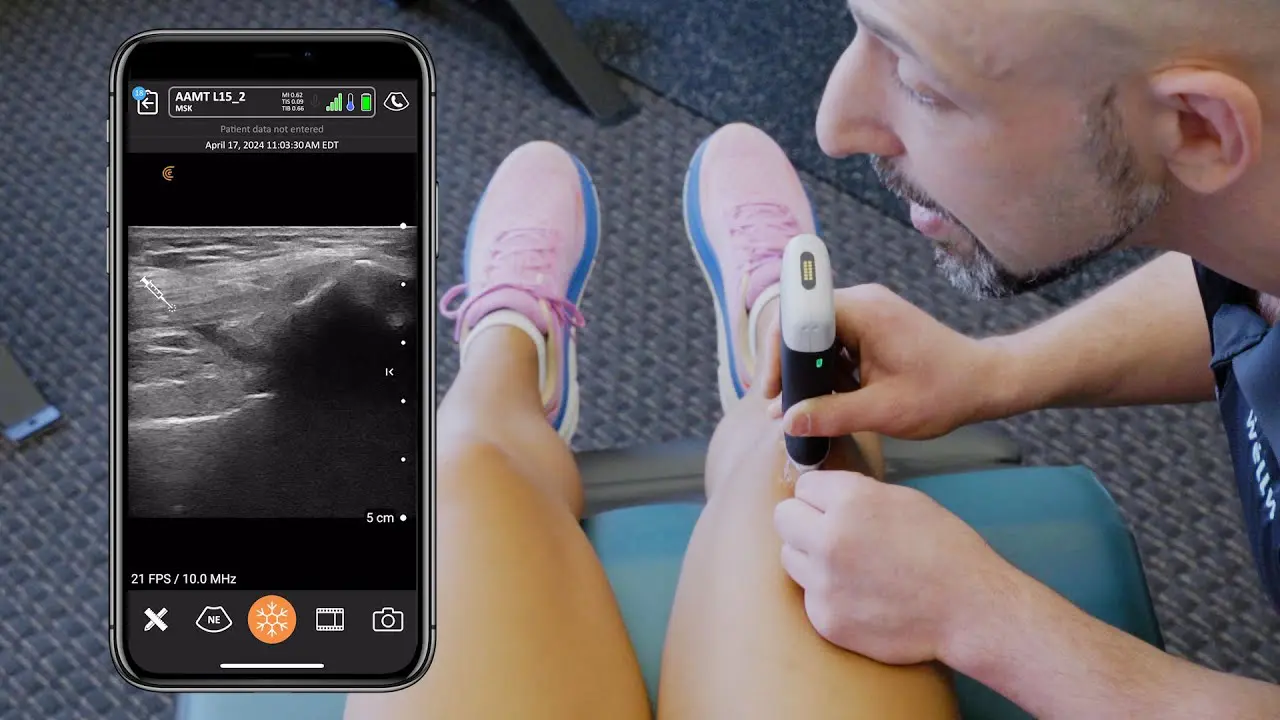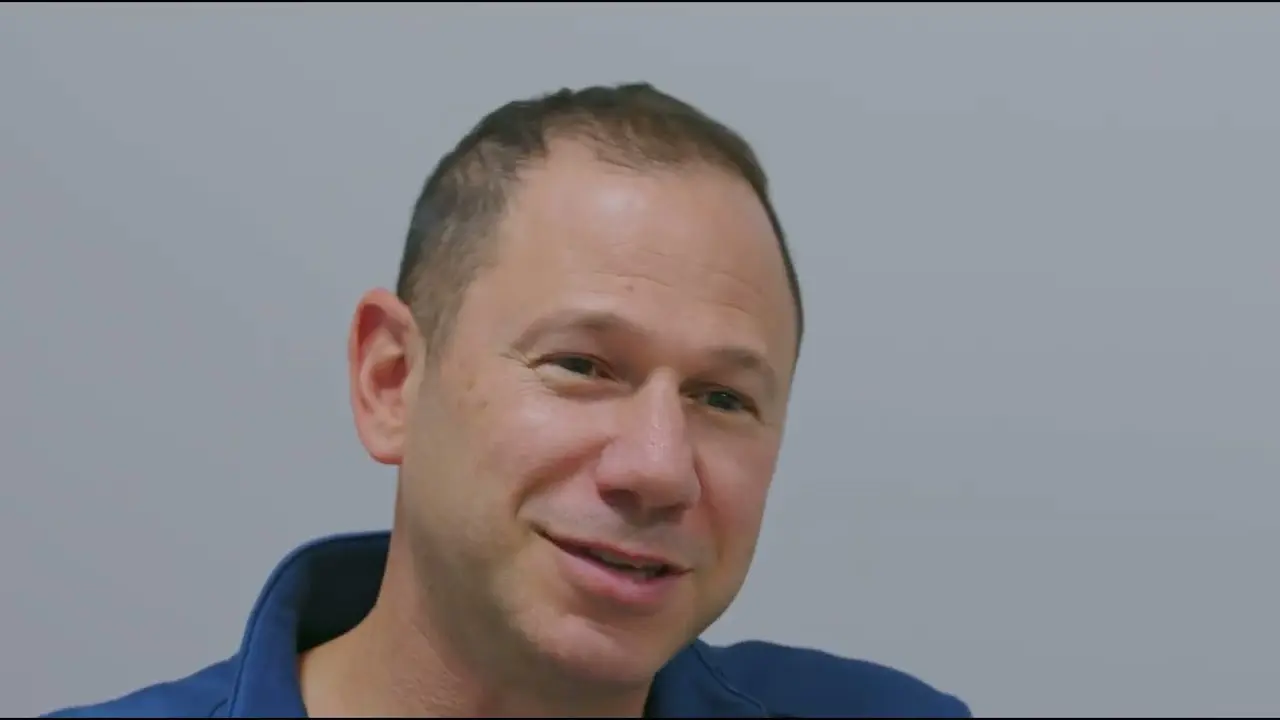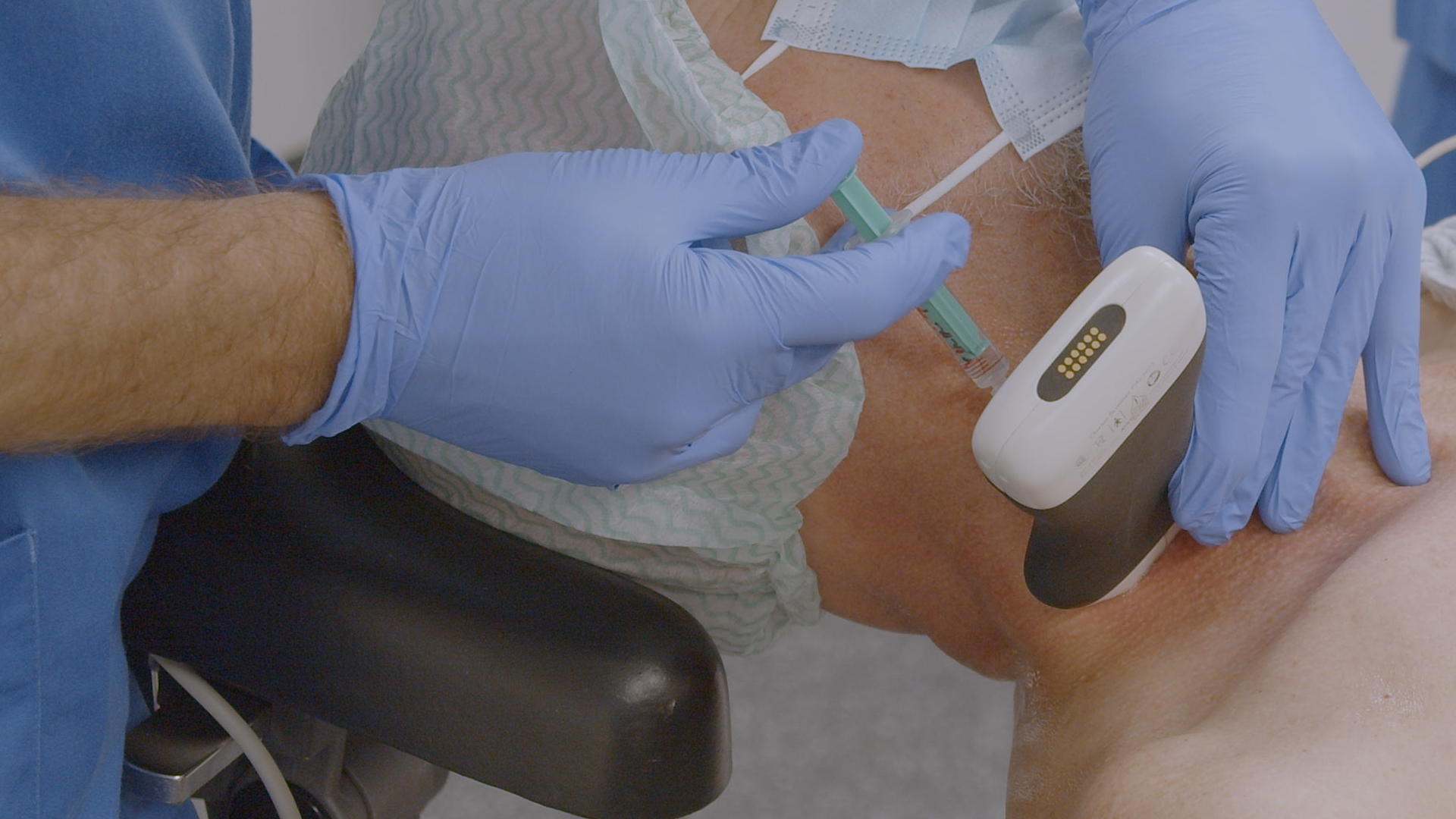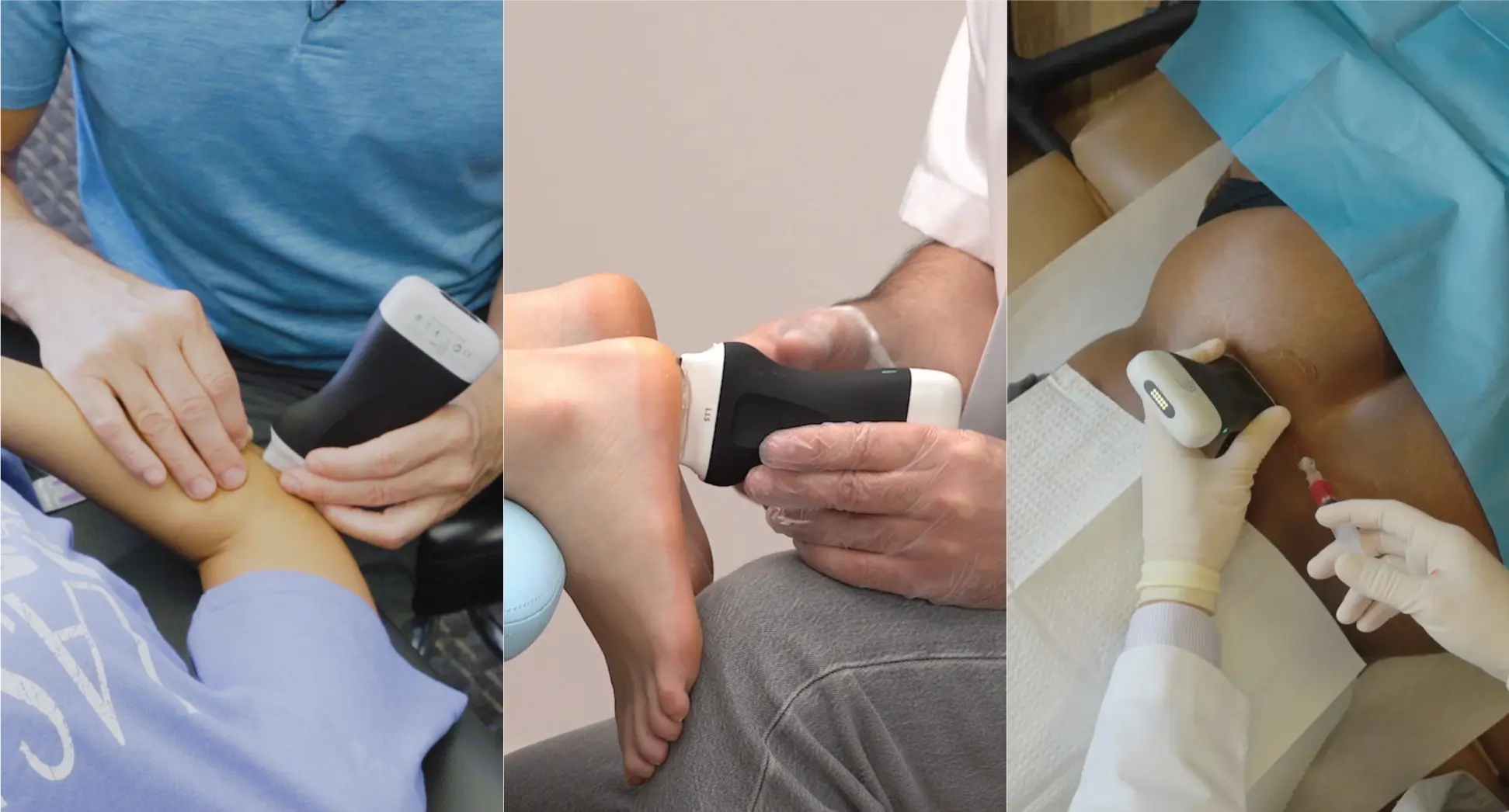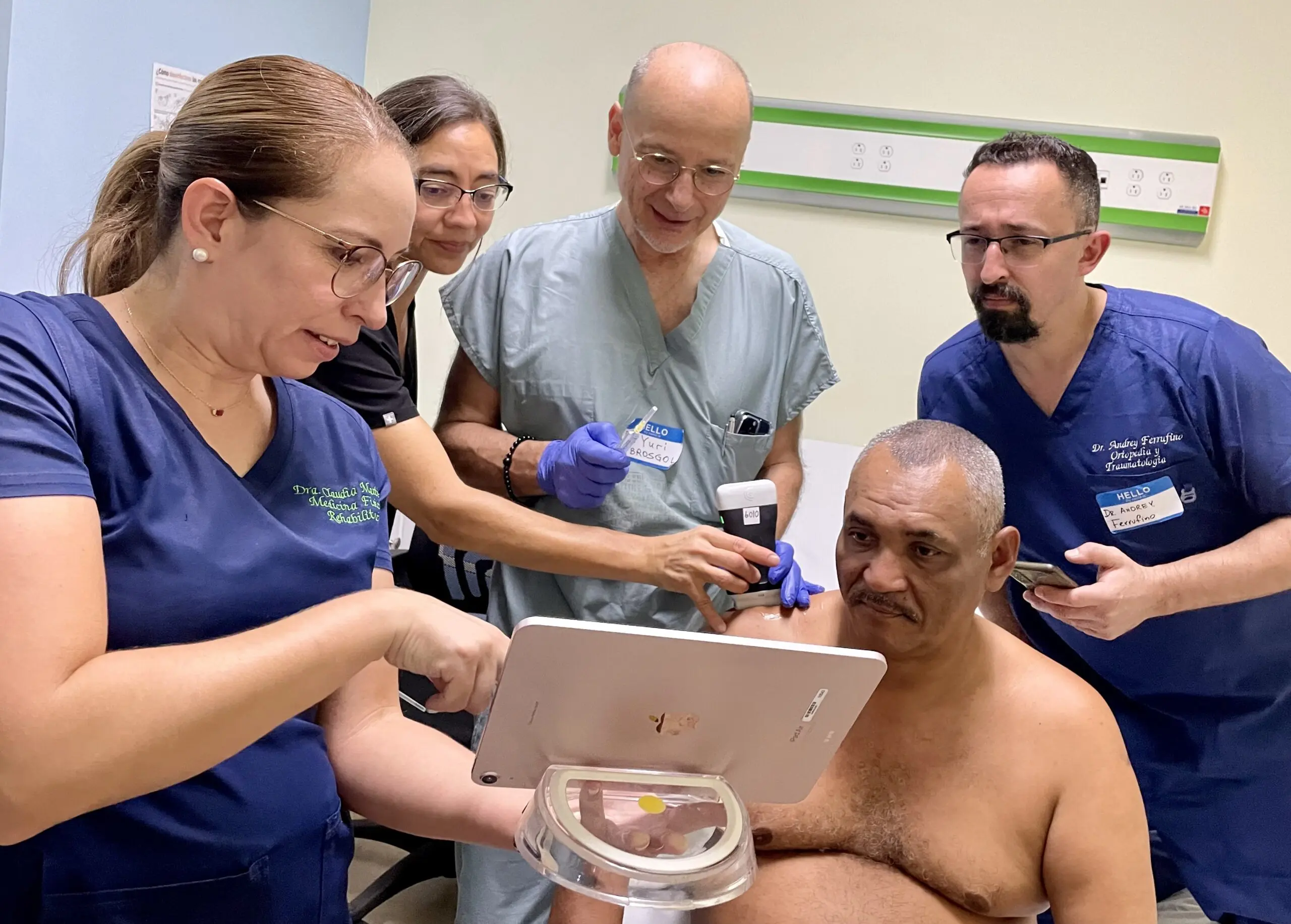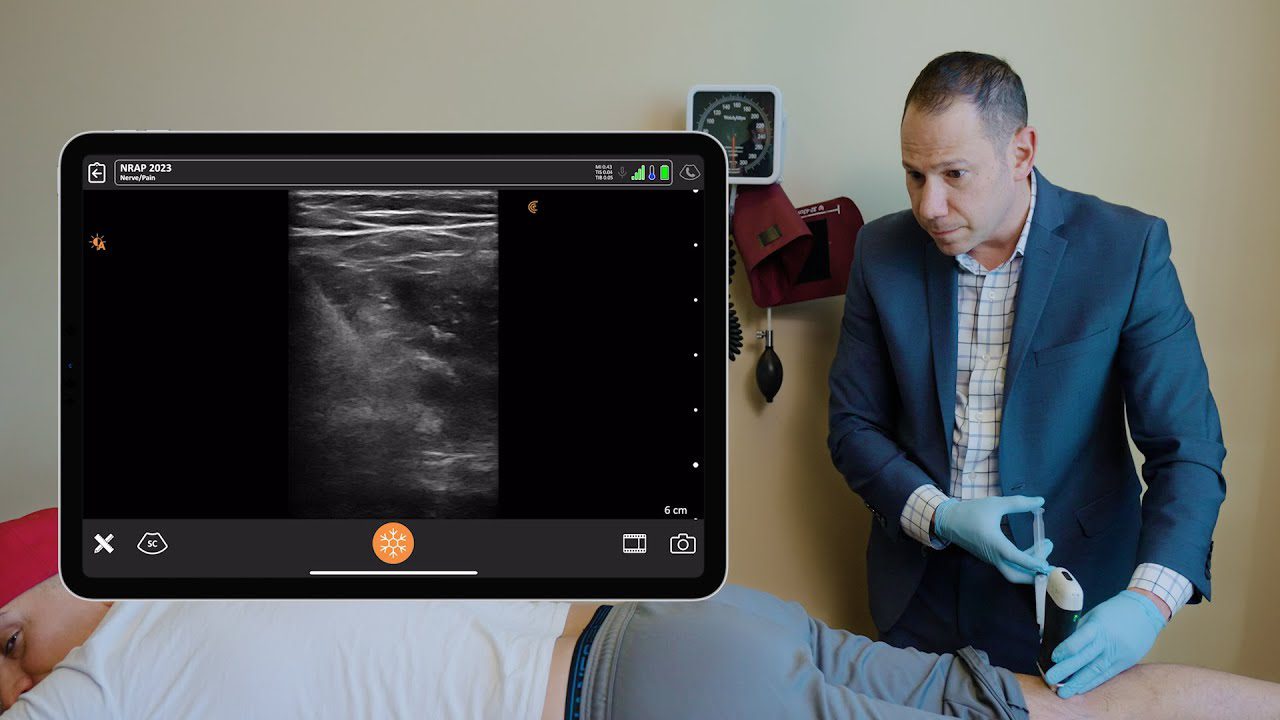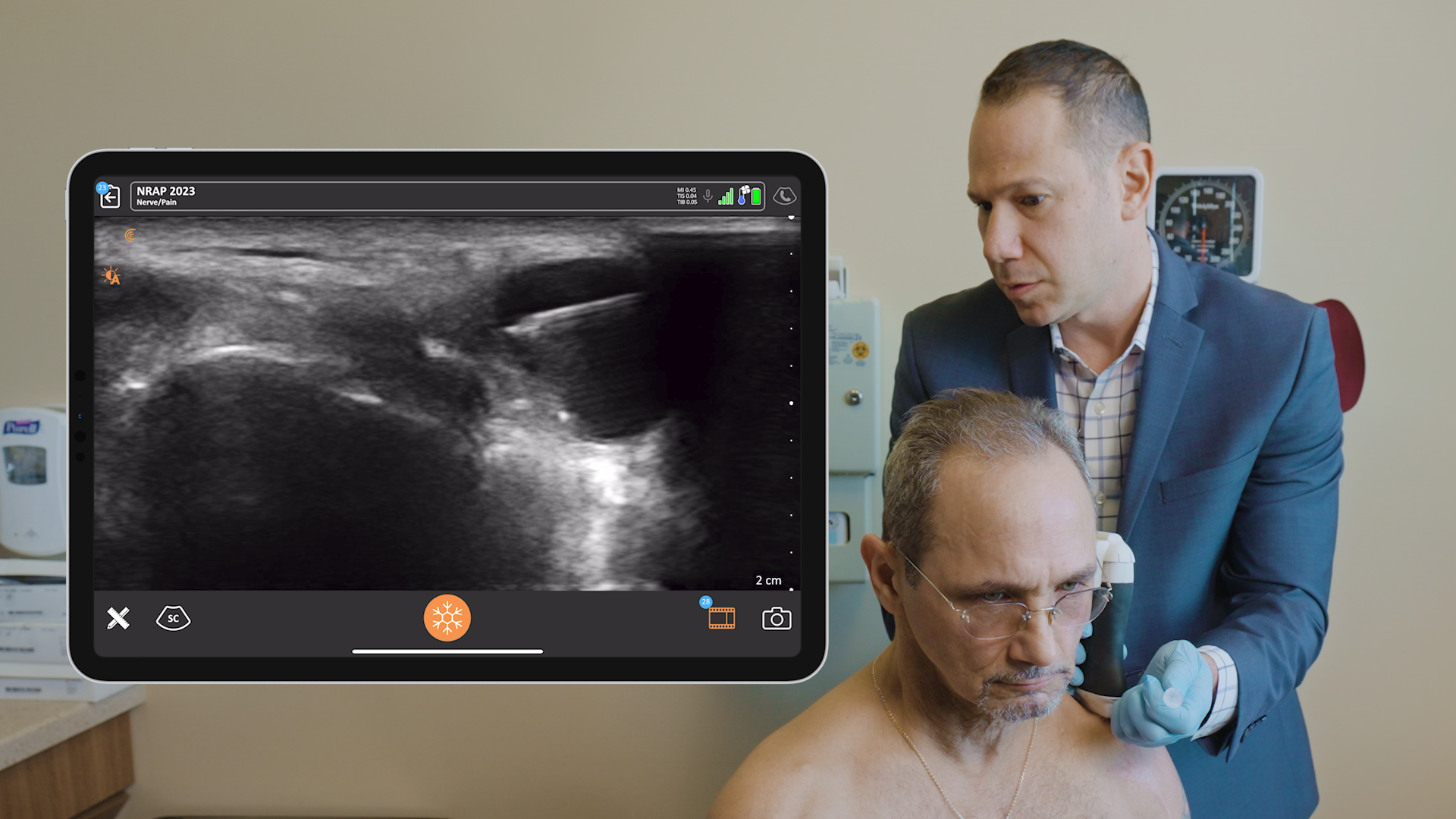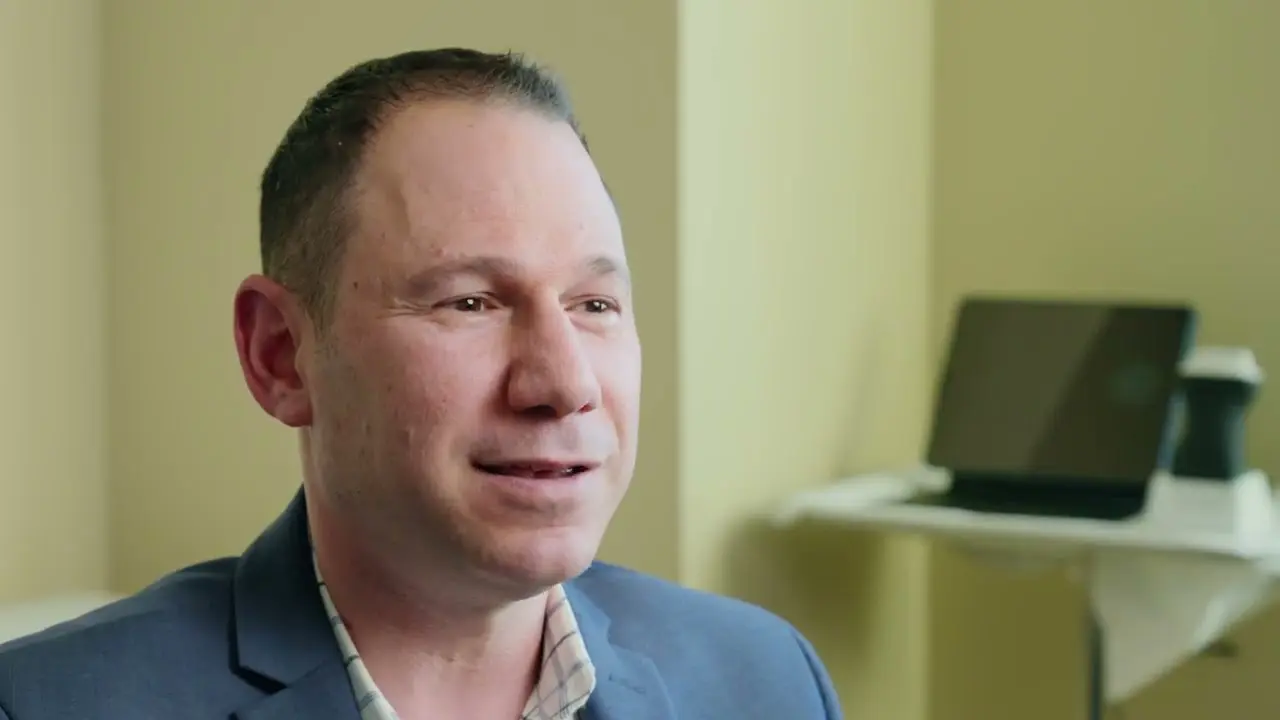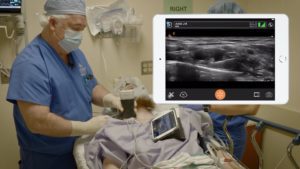With as many as one in five adults suffering from chronic pain, we were pleased to host a webinar that drew hundreds of pain management specialists interested in learning new ways to mitigate pain. During the presentation, pain management expert and educator Dr. David Rosenblum shared practical remedies for treating chronic pain using three patient case studies. A recorded version of the full webinar is available to watch at your convenience. Read on to learn Dr. Rosenblum’s step-by-step instructions for performing an effective gluteal tendon nerve block under ultrasound guidance.
Patient Overview
“I recently saw a 51-year-old female patient who presented with severe buttock pain as a result of a fall. Seven months ago, she had COVID-19 and her pain was worse, so we did an epidural steroid injection that gave her 95% relief. On her second visit, she reported the sciatica was much better but that she was having a lot of pain over the gluteal muscles. It was tender on the right side. She had a lot of pain near the Gluteus Medius and the external hip rotators, so I planned to do the injection by the tendons near the greater trochanter.
Anatomy Review: Posterior Hip Tendons
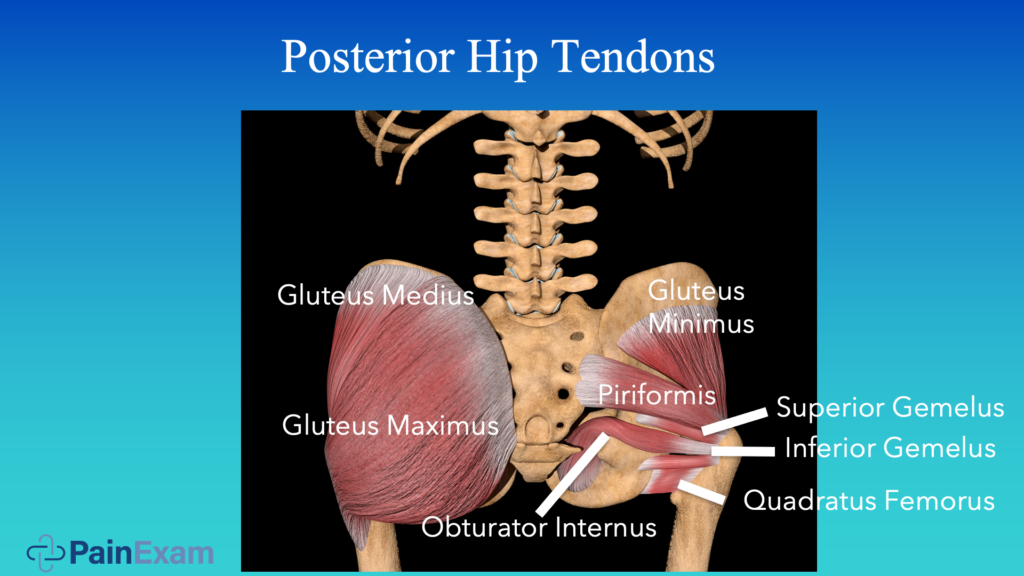
Before injecting, it’s important to know our anatomy. In the diagram above you’ll find the gluteus medius muscle, the gluteus maximus, gluteus minimus, piriformis, the inferior gemelus muscle, the superior gemelus muscle, the quadratus femoris and the obturaror interus.
Gluteal Tendon Nerve Block Procedure
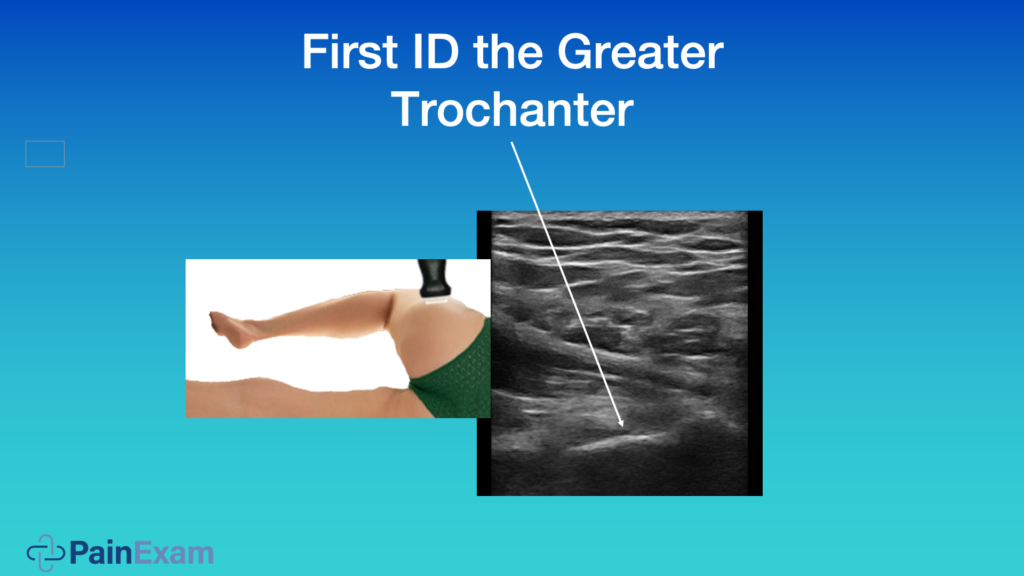
When doing the greater trochanter bursa injection, I have the patient sitting on their side or standing – whichever works best considering the patient’s current condition. It’s a very flexible procedure that you can do almost in any position. When you’re doing the tendons, you might want the patient to externally rotate their hip, manipulate the hip, and then watch the muscles and the tendons go down.
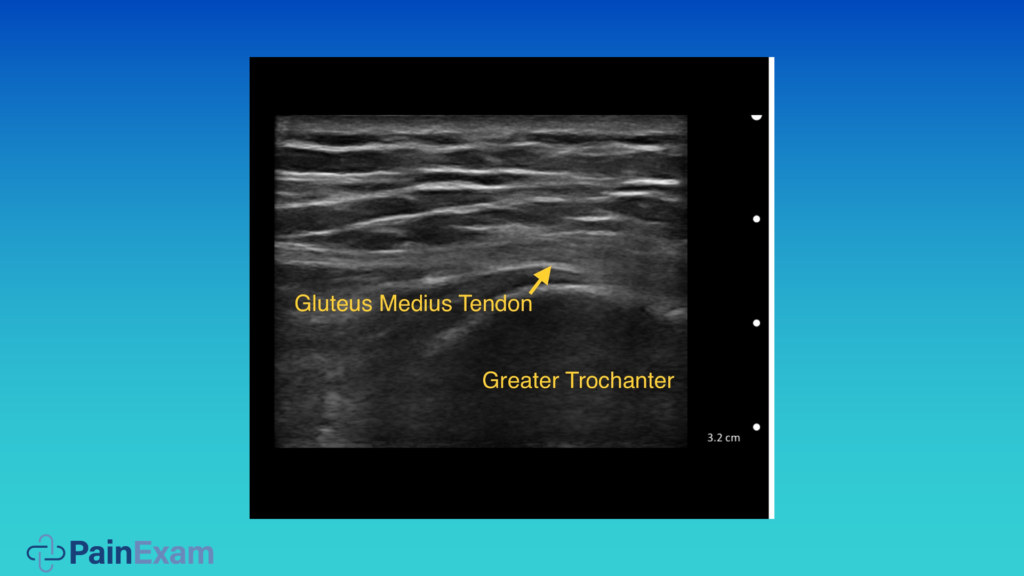
To recognize what the tendon looks like on ultrasound, look above for the muscle tapering out to a hyperechoic structure. It’s going on to the bone, which is typically hyperechoic. You’ll see a bone shadow behind it. You’ll see the gluteus medius muscle tapering onto the trochanter.
Video Demonstration of an Ultrasound-Guided Gluteal Tendon Injection
Here’s a video demonstration of an injection near the gluteal tendons, using the ultrasound to help visualize the structures. In the video, the patient is complaining of pain near the greater trochanter and gluteal tendons, so I’m scanning over the greater trochanter and we see the tendons above it.
I’m just using local anesthetic. Since this patient was getting over the COVID vaccine, I didn’t want to give her steroids. The recommendation is to avoid steroids for two weeks after the vaccine. She was begging for a shot. Normally I wouldn’t just inject local on a tendon. Every now and then you get a response to just local alone, whether it’s blocking wind-up or turning of the innervation.
I used bupivacaine. Sometimes you get the trigger point effect from it. You’re numbing up the region to enable the patient to move without pain, and sometimes that helps. But generally speaking, I would not do this with just local because it’s a tendon shot. In this case I did, since the patient was begging for a shot and I wanted to give her some relief.
PRP is a Good Alternative to Steroids and Local Anesthetic
Since the pandemic, I’ve been doing a lot more PRP injections percentage wise. I’ve just seen it work with my own eyes, as well as there’s data supporting it. It really helps most patients. Not everyone, of course, but it does help a lot and it’s very safe.”
PainExam Podcast with CME credits
Dr. Rosenblum is the Director of Pain Management at the Maimonides Medical Center in New York. A prolific educator, he hosts the Pain Exam Podcast and created a Pain Exam Board Review, which has helped more than 3,000 pain management physicians become board certified. He also offers live and recorded training on using ultrasound to guide pain injections and private ultrasound training. Dr. Rosenblum’s program Private Ultrasound Instruction for Regional Anesthesia & Pain Management is available now on his Pain Exam website.
Learn More with Clarius Classroom Ultrasound Tutorials
If you’re interested in learning more pain management procedures using ultrasound guidance, visit our Clarius Classroom. We’ve recorded almost a dozen pain management tutorials with leading experts.
Dr. Rosenblum uses the Clarius L7 HD for his pain management practice. To learn more about how Clarius HD is used to guide injections, visit our wireless ultrasound for pain management page. Or contact us to today to book a demo with one of our ultrasound experts.

